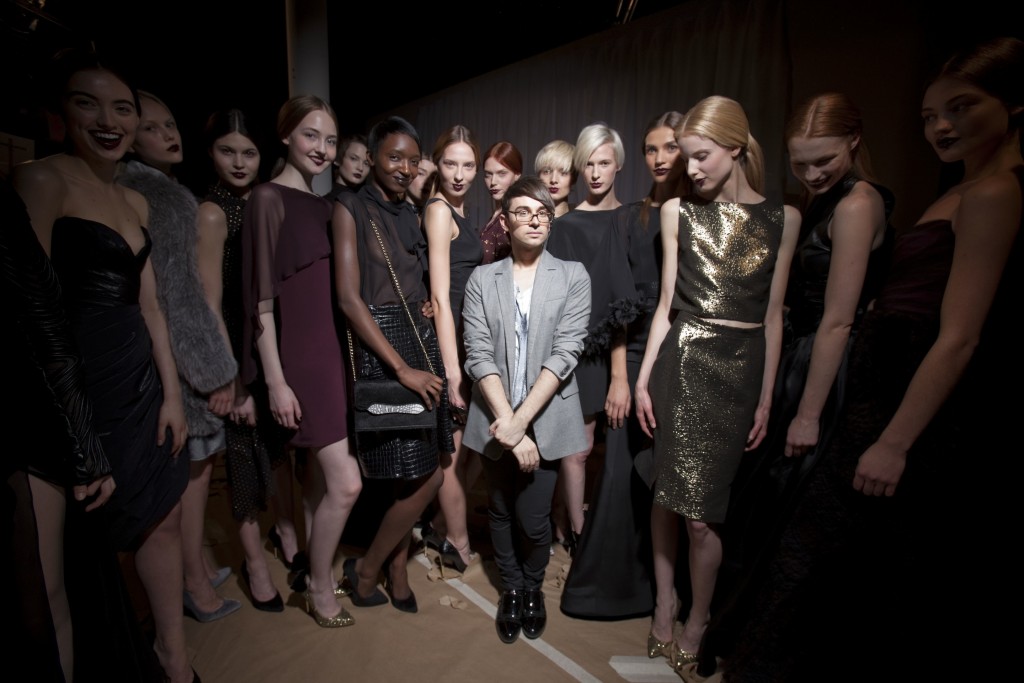
Red Carpet season has come and gone, and with it the sky-high stilettos and elegant evening gowns that elicit the standard, “Who are you wearing?” Fashion denotes status and femininity on the red carpet, daily life, and even in the music world (remember Kreayshawn’s catchy rap “Gucci Gucci”?).
Despite this emphasis on female consumers and on fashion being a “women’s world,” Allyson Stokes finds it’s gay men who excel in the industry, taking the majority of fashion awards and titles as elite designers. This makes fashion a realm of role reversal: men who work in these feminized professions more easily achieve higher status than their female colleagues, the opposite of what happens when women enter predominantly male professions.
Using content analysis of 157 entries in Vogeupedia (the canon of elite designers) and articles about designers in broader fashion media, Stokes researched how the fashion industry legitimates designers to understand why gay male designers steal the spotlight. Entries and articles about gay men often discuss themes like value and legitimacy, which Stokes argues “constructs a gendered image of the ideal cultural producer.” Stokes uses the metaphor of the glass ceiling (err, runway) to explain how the industry valorizes gay male designers as the artists and tastemakers of the fashion world. In the spotlight of a “woman’s world,” they receive the lion’s share of legitimation, authority, and legendary status.
Descriptions in Voguepedia and fashion articles more generally tend to depict gay male designers as artists more often than women; in contrast to women who design clothes to accommodate consumer to consumers’ tastes, gay men are noted for created original “art.” Gay male designers receive praise for their work in fashion, while the media focus on female designers revolves around their families and other aspects of their lives unrelated to their creative processes. When the question of gender inequality comes up in the broader fashion media, articles follow two major patterns in their responses: 1. They justify the inequalities or 2. They criticize them, but using essentialist ideas that men and women are inherently different.
Stokes’s glass runway metaphor nicely complements the glass escalator, which uses the image of an invisible moving staircase to show how men entering sectors of “women’s work” find themselves quickly elevated to the top. As discrimination in other sectors increased the prevalence of gay men in fashion, a more LGBTQ-friendly atmosphere, it has also reinforced a “normal”/queer dichotomy. So while gay men find themselves at an advantage compared to female designers, sexuality-based discrimination still complicates their strut down the glass runway. It’s a far experience than straight men’s glass escalator.

Comments